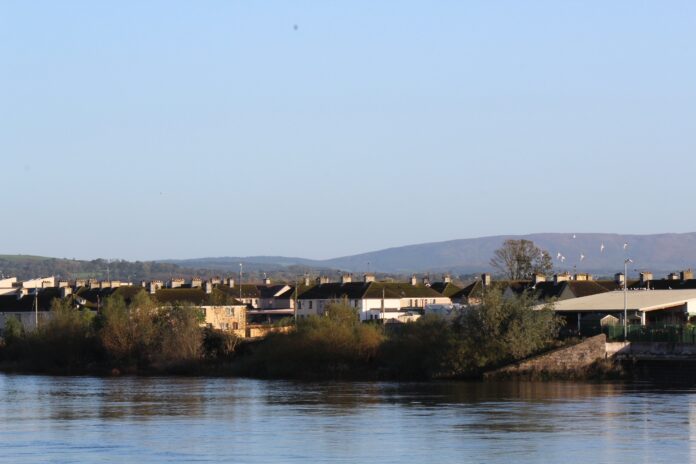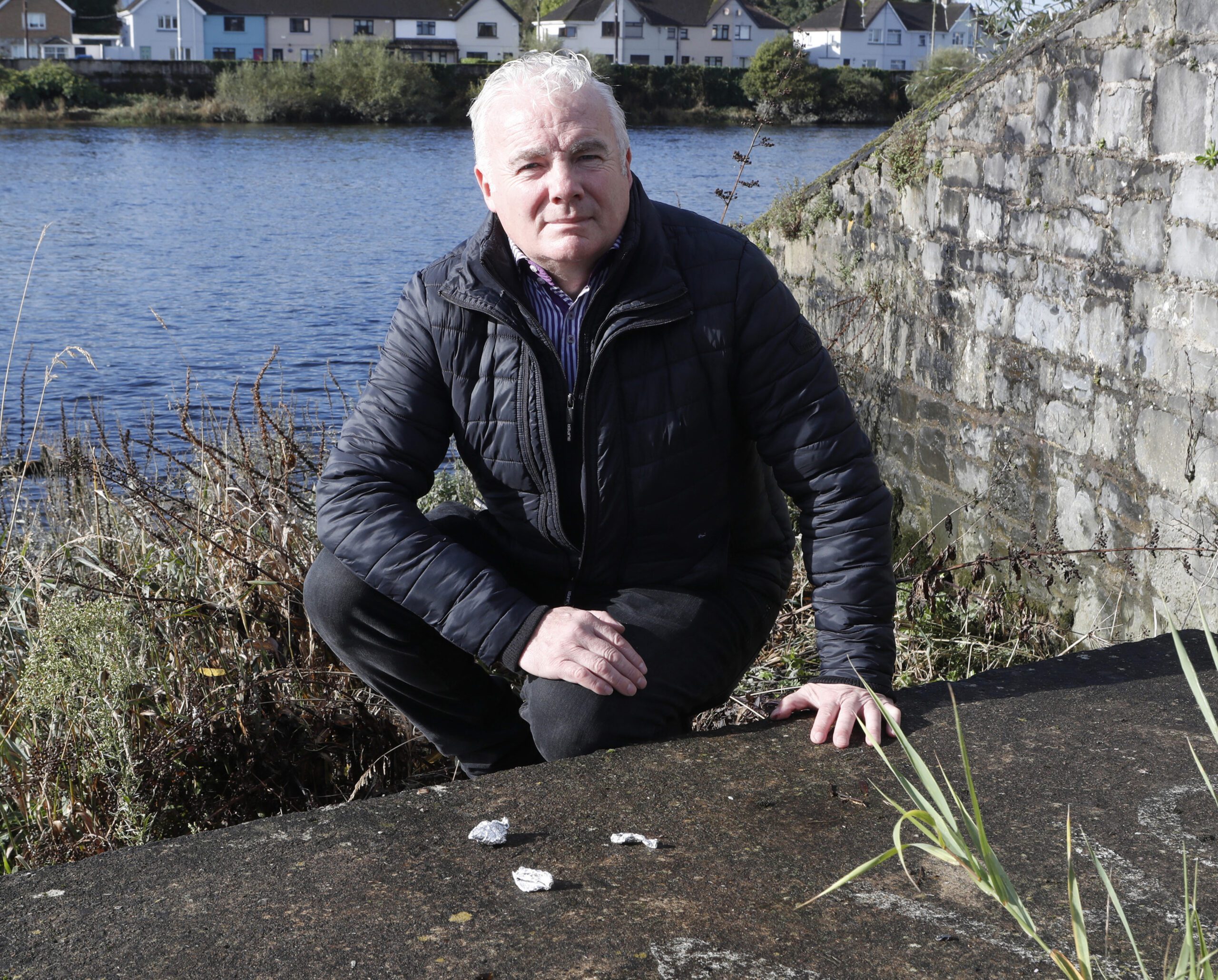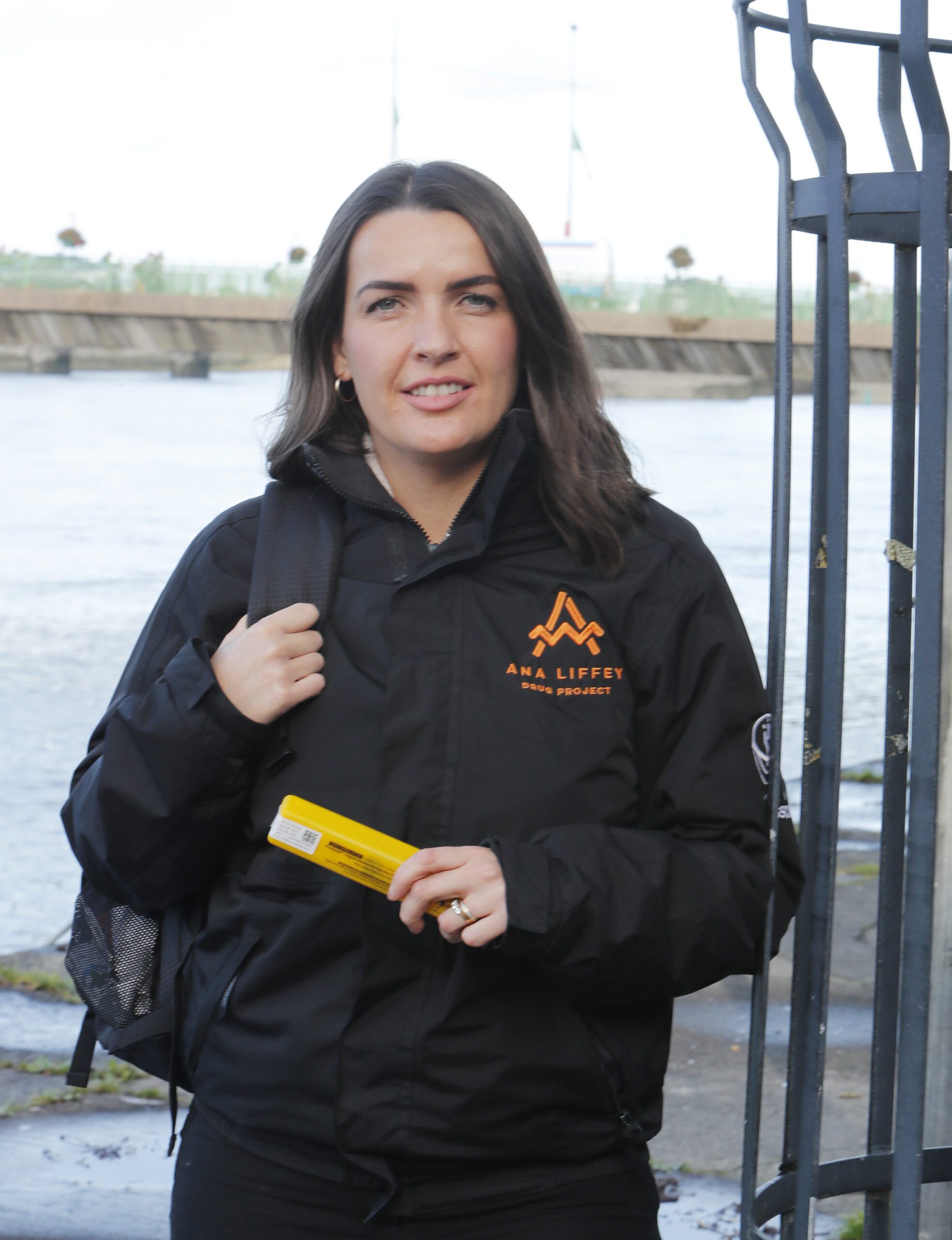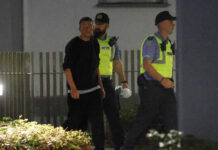
by David Raleigh
THREE weeks ago, as he walked through the St Mary’s Park estate in Limerick, local Sinn Féin councillor John Costelloe was “followed, filmed and threatened” by a man he claims is a senior figure in the illegal drugs trade.
“I was coming from City Hall heading through Assumpta Park and he followed me, slowed down, rolled down his window, took his camera out and started to video me and roar certain expletives.
“I was a bit taken aback by it, but I think he was just flexing his muscles,” Costelloe suggests.
Later, in a separate incident in Limerick city centre, he met an acquaintance he doesn’t identify who offered him some friendly advice to the effect that it might be in his best interests if he started wearing a bullet proof vest.
The 57-year-old politician says he’s taking flack for speaking out against drug dealers who are fuelling a “crack cocaine epidemic on Shannonside”.
“I’ve been threatened by a local drug lord, followed, filmed, photographed, and abused on the street by his runners.”
However, he explains that residents in the city estate of around 300 houses, known as, “The Island”, are fearful, and “just want the drugs out of their community”.

“The tension around the estate is palpable. We have drug addicts roaming around the streets at will, going to houses, buying their drugs, and leaving in taxis, or on the bus, they’re walking out of the area freely”.
He acknowledges gardaí conduct regular drug raids in the estate, “but a few hours after they leave, its business as usual”.
While Costelloe says he will “not be deterred” from voicing the community’s concerns, he says he avoids holding his clinic in the estate whenever tensions flare up.
“There are certain houses you dare not pass. You have to be cognisant of residents in the area and not to be drawing attention to them by going to certain areas in St Mary’s Park,” he adds.
Garda sources and drug workers agree that crack cocaine has reached frightening levels in Limerick and is creeping into surrounding regional towns.
One of the main suppliers in Limerick deals from a house in St Mary’s Park which is known as the “drugs supermarket”.
Customers approach the property on a daily basis, traveling into the estate on the local bus service, taxis, their own personal transport, bicycles or on foot.
As Costelloe shows us around, two young people take shelter under a coat beneath a CCTV camera and start to smoke crack out of a plastic bottle. When they realise they are being watched, they stop abruptly and shuffle off down along a riverbank.
Costelloe says the Celtic Tiger roar wasn’t heard in St Mary’s Park, which is described in reports by social inclusion agency Pobail as being “the most deprived area of the country”.
Despite being one of four disadvantaged local authority estates earmarked for social, physical and economic renewal – in the launch of the Limerick Regeneration project 14 years ago – there is no industry here, apart from the “drugs supermarket”.
The property has been fitted with reinforced internal doors in an effort to prevent gardaí entering the house and to give occupants valuable time to potentially destroy evidence.
Gardaí have conducted at least 15 planned drug search operations in the estate over the past seven months, yet John Costelloe says the drugs trade carries on regardless.
For over two decades St Mary’s Park has been the stomping ground of the Keane and Collopy drug gangs who acquired burnt out and boarded up houses to store their drugs.
Among the rows of local authority houses that are being refurbished under Regeneration for the ordinary decent vulnerable residents in the estate, are properties rented out to dealers and those sucked into addiction.
With innocent family members getting caught up in the drugs mire, no one talks, and the gangs continue to weave “a tangled web which is hard to break”, says Costelloe.

Photograph: Liam Burke/Press 22
Rachel O’Donoghue, service manager with Ana Liffey Drugs Project Mid West, says the crack cocaine crisis has blown up in Limerick and is starting to emerge in towns such as Ennis, Thurles and Kilrush.
The problem has become so widespread in Limerick that she and her team hand out thousands of sterile crack pipes to clients so they don’t have to share homemade pipes which poses further health risks, particularly during a pandemic.
“Last year we handed out 2,500 crack pipes in the Mid West, the majority in Limerick City. So far this year, it has been busier each month so we are definitely seeing an increase in people using crack cocaine and looking for crack pipes,” she explained.
Sharing pipes, or “tooters” such as rolled-up cash notes or plastic straws, can emit even more harmful toxins or blood borne viruses.
“It’s just as important as not sharing needles for injecting, especially with Covid, there is a high risk of transmission”.
As many women as men are now addicted to crack cocaine and heroin and some burn both substances together and inject the resultant cocktail, called speedballing, which brings increased risk of overdose or death.
“New clients addicted to crack have emerged during lockdown including older people that used crack in London or America years ago and have started to use it again now that it is back on the scene.
“Previously users might have purchased powdered cocaine and cooked it up themselves at home with mixing agents but now there is more urgency as it is being purchased in rock format and smoked or speed-balled”.
She says that users’ lives have become more chaotic during the pandemic and harder to engage with.
She paints a grim picture of what is to come: “At the moment there is no particular treatment for crack cocaine, it’s not like heroin where you can take methadone. There is no particular place people can go to detox from crack cocaine.”
She concludes: “Heroin hasn’t gone away, we haven’t seen a decrease because of crack use. It’s more that clients are using both together, I would say.”
Locals feel “abandoned” with high levels of unemployment still the norm.
Labour Party Cllr Conor Sheehan agrees drug dealing in the estate is “rampant”.
A community centre long sought by locals, which Sheehan says could potentially be used to help divert youths away from criminality, awaits approval.
Speaking at a special meeting to discuss Regeneration, Sheehan told of how a relative complained to him that they can no longer access a walkway off the estate “without side-stepping people taking drugs or who are very unwell having taken drugs”.
Local Sinn Féin TD, Maurice Quinlivan, who has been a loud voice in the Dáil for people affected by the drugs crisis, says that community addiction services have been “starved of funding and lives have been destroyed”.
In a recent interview with The Irish Times, he told of how he brought a Limerick Regeneration official with him on a tour of the estate, to see the extent of the problem and they both witnessed people openly shooting up heroin in a burnt out house.
“There’s one house selling drugs 24/7. I understand that there is a wall built just inside the internal wall and a second steel door, so when the Garda smash in the first door there is a second door to go through. There is a slot in that and you just put your hand in through it with your money and you tell them what you want – ‘browns’, or ‘yellows’, or ‘greens’, or whatever – they’re all coded differently.”
He praises gardaí for regularly targeting the dealers but reiterates what John Costelloe says, “within hours it is back up and running and it’s very frustrating for the vast majority of the community”.
He says the area is a hidden jewel but is also plagued by illegal dumping and wandering horses, despite the presence of Regeneration CCTV cameras.
Limerick Garda Chief Superintendent, Gerry Roche, announced last March he was deploying four community gardaí to the estate, but Quinlivan says locals tell him “they don’t see many gardaí at all”.
Quinlivan, who is a director on the Mid West Drug and Alcohol Forum, says crack cocaine is off the scale in Limerick.
“It is one of the most addictive and hardest to get off and the dealers in St Mary’s Park have targeted the most vulnerable people with crack cocaine and it has probably outstripped heroin levels in the city.
“I don’t think people realise the actual disaster that crack cocaine will be if it’s not tackled. We are seeing the devastation of it across urban areas of America and it’s starting in our own city, unfortunately”.
“There is a special place in hell for these gangs because they have deliberately targeted those who are the most vulnerable,” he adds.
A decade long drugs turf war between the late 90s and mid 2000s saw up to 20 people murdered, along with multiple shootings, petrol bombings and assaults.
The gangs have learned that shooting one another brings further unwanted attention from gardaí and politicians, and so they have been happy to enjoy the fruits of their ill gotten gains relatively peacefully for the past 14 years.
2020 was another record year for Garda drug seizures nationally, which included €9.5 million of worth of cocaine, €7.3 million of cannabis, and €5.7 million worth of heroin.
A meeting of Limerick’s joint policing committee last month heard that over €2.5 million worth of drugs had been seized locally since the start of the year, representing a 16 per cent rise on 2020 seizures.
While most agree Regeneration has failed St Mary’s Park, Maurice Quinlivan praises Limerick City and County Council for their recent efforts in trying to tackle the scourge with 14 derelict properties in the estate demolished since last March thereby removing some of the gang’s storage areas.
Chief Superintendent Roche says he is committed to “stamping out the estate’s drug dealers with the help of the Council and the local community”.
“Operation Copóg” set up by gardaí to specifically target the sale and supply of drugs in St Mary’s Park is ongoing, a Garda spokesperson says.
A series of Garda raids in 2020 and again last month, codenamed Operation Coronation, resulted in the seizure of hundreds of thousands of euro and drugs, expensive cars and jewellery, and the deeds of a property in Dubai.
There is respite for the families of those in addiction at the North Star Family Support Project on John Street.
Director, Joe Slattery, who runs a separate equine therapy service for people impacted by addiction and other trauma, says: “We don’t work with the drug user themselves. We work with their loved ones because there is very little support for the families that are devastated by the shame, stigma and self blame.
“Imagine seeing your son, or daughter, or aunt or uncle, begging on the street, or seeing their picture in the newspaper being called a junkie.
“Substance abuse impacts on the entire family and extended family and there aren’t enough services looking at that.”
“We work on building boundaries, drug education, the ability to say ‘no’, the ability to prioritise their own self care – because if they don’t get off the crisis train their loved one is on, nothing is ever going to change,” he declares.









